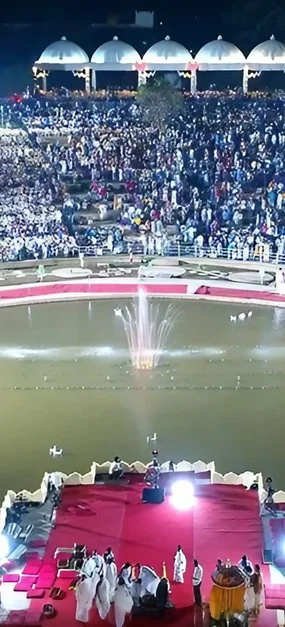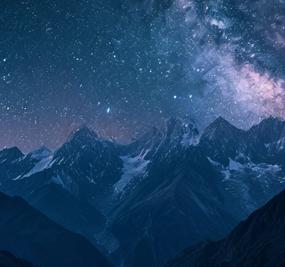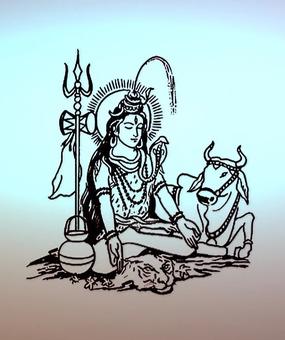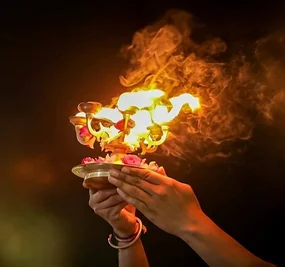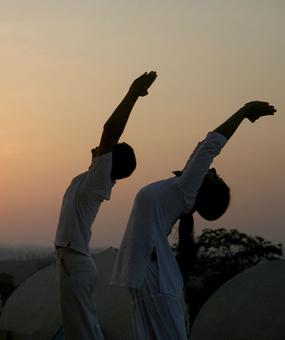Often Mount Kailash, popular as the heavenly abode of Lord Shiva, is popular for its majestic beauty and Mansarovar. The lake is an inseparable part of Kailash. Mansarovar is a large freshwater lake situated in Tibet (China) and is a pilgrimage holding religious importance for Hindus, Jains, and Buddhists. Every year lakhs of pilgrims and tourists across the world visit Mansarovar to experience the beauty and piousness of the place.
The abode of Shiva is in Mount Kailash, and the smashana, the cremation ground. Kailash means ‘where there is only celebration’, and smashana is where there is only void. Divinity dwells in the void as well as in celebration. And in you there is void, there is a celebration.
– An excerpt from Gurudev’s talk on Lord Shiva
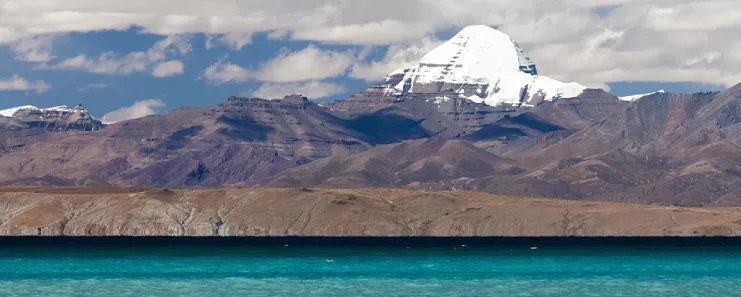
Meaning and history of mansarovar
Mansarovar is considered as one of the Holy places as the legends say that the lake is a bathing place for gods during Brahma Muhurta. According to Hindu beliefs, the lake was first created in the mind of Lord Brahma and so is named Mansarovar. Mansarovar, as the name suggests, is a combination of two Sanskrit words: manas means ‘mind’ and ‘intellect’ and sarovar means ‘lake’.
It is believed that at Kailash Mansarovar the lords reside and meditate. The reason why Mansarovar cannot be everywhere is because of the aura of the place. Holy lake Mansarovar is compared with the mind of lords which is as calm as water and as strong and tranquil as a mountain.
Must watch
Significance of Mansarovar
Why visit mansarovar?
1) Religious importance: According to the scriptures, the lake is considered sacred. The beauty and significance of Mansarovar are described beautifully in many scriptures.
In Hinduism, it is believed that taking a dip in the Kailash Mansarovar or drinking the water washes away all the sins.
According to Jains, the lake is believed to be the place where Lord Rishabh Deva, the first Tirthankara attained spiritual liberation.
According to Buddhism, Mount Kailash is also known as Meru Parvat and it is considered to be the place where Lord Buddha stayed and meditated.
According to Bon Religion, “Zhang Zhung” is a holy place in Tibet. It is believed that the founder of Bon religion Tonapa Shernab visited Tibet for the first time and took a bath in this lake.
According to Sikhism, the lake is believed to be the place where Guru Nanak Dev, the founder of Sikhism and the first of the 10 Sikh Gurus learned meditation.
2) Geographical importance: Mount Kailash is the central part of the earth surrounded by 6 other mountain ranges from the sides. The campus of Mount Kailash is considered to be the focal point of the whole universe.
Apart from being a beautiful place, Lake Mansarovar is the highest freshwater lake in the world standing at a height of 4,557 meters above sea level, making it one of the highest lakes in the world. The place is best to go deeper into samadhi. Lake Mansarovar is the point of origin of four major rivers namely Brahmaputra, Ghagra, Sindhu, Satluj.
3) Medical Importance: The trip to Mansarovar is a good opportunity to get to know the herbs and shrubs that surround Mount Kailash. The wild plants and flowers are used for medicinal purposes. There are various flowers such as Nagmani flower, which is shaped like a snake stone and attracts tourists with its beauty. Bicchu ghas also known as stinging nettle plant in English grown at Mansarovar has diverse medicinal benefits. Stinging nettle (Bicchu ghas) is useful to cure joint pain and works as acupuncture.
4) Tourist attraction: If you love nature, lakes, snowy mountains, greenery, you will love Mansarovar too. The Mountain Kailash is surrounded by flourishing gardens. You will get a glimpse of beautiful flowers like lotus, lili and swans, enhancing the beauty of the lake. During sunrise, you can see the golden peak of Mt. Kailash which is a sight to behold. The order of the place, the scenic beauty of Mansarovar is widespread and something you don’t want to take your eyes off. It is said that Mansarovar is Asia’s most religious, most challenging and among the most-visited trips.
Places to visit near mansarovar
Though traveling to Mansarovar in itself will be a refreshing and adventurous journey for you. But there are some other highlights too for you so that you must not miss any fun coming your way.
1) Gauri Kund: Another tourist attraction is Gauri Kund, also known as Parvati Sarovar. There are mystical stories weaved around this. It is believed that the lake is the bathing place of Devi Parvati where she also created Lord Ganesha. This lake is also titled as the lake of compassion.
2) Rakshas Tal: Rakshas tal is also known as ‘Ravana lake- the lake of Demons.’ It is believed to be the dwelling place of Ravana and so it was named as Rakshas Tal. The lake is situated near Mansarovar and is recognized as the largest saltwater lake of Tibet. The lake includes four islands namely Dola, Topserma, Lachato, and Dosharba. People residing near this lake don’t take bath in this tal as the water in the lake is very salty and poisonous.
3) Kailash Parikrama: Mount Kailash is known as the residing place of Lord Shiva and Goddess Parvati. According to Shiva Purana, circumambulating the mountain helps you get rid of all your sins. The circumambulation distance is a 3-day 53 kilometers journey. The journey is adventurous and one has to face many challenges due to extreme weather and low availability of oxygenZ.
What is the best time to visit kailash mansarovar?
People who have been to Mansarovar say that the most appropriate time to visit Kailash Mansarovar is the summer, between April to September as the ice starts melting, making the temperature soothing for trekking, sight-seeing, and enjoying the beauty of the place.



